Charles Pakana (Victorian Aboriginal News)
Joining me online today is Michael Bell, a man who devotes his life to the formal recognition of Aboriginal and Torres Strait Islander men and women who’ve served Australia in times of conflict, and that’s in theatre’s of war and the home front. He’s a proud Ngunnawal Gomeroi man and since 2016 has been the Indigenous Liaison Officer at the Australian War Memorial in Canberra. Michael, thanks for speaking with me today.
Michael Bell
Yama, to you, Uncle Charles. And I’d like to acknowledge the Traditional Custodians of the land on which we’re here today and pay my respects to their Elders, past and present, and also acknowledge their ongoing custodianship of the lands, waters and sky. Thank you very much for having an interview today.
Charles
Michael, let’s get right into it. I want to understand the main focus of your work at the AWM since 2016. Eight years, a lot of work. What’s the main focus?
Michael
Yes, Uncle, into my 9th year and my major priority is to identify and recognise the service, sacrifice and contribution of all Indigenous peoples. But I focus on the Aboriginal and Torres Strait and South Sea Islander cohort for the purpose of military history.
I also include the Papuans who were under the control of Australia at the time for the first and Second World War. But my main focus is the Aboriginal and Torres Strait and South Sea Islander mobs across Australia because of the lack of recognition that at the time and during their service, they weren’t recognised for.
Charles
And we’ll get into the social and historical importance of the work that you’re doing right now a little bit later on, but let’s just get a scope and historical timeline scope. It actually goes back even before Federation, doesn’t it? Your work, to the Boer War in fact.
Michael
Our earliest known Aboriginal men in uniform is actually Thomas Bungaleen. He was a young Aboriginal boy from Victoria who was press ganged into the Victorian Navy. And here we have a photo of him getting his rum, receiving his rum ration on a Victorian naval ship. And then we’ve got Jerome Locke using the New South Wales rifles.
So there is earlier service in the Boer War, and we’re trying to review and understand the heritage of those men and women who represented us in the earlier conflicts. But also, Charles, as you would know, we’ve been fighting to defend Country for a lot longer than that.
Charles
Absolutely
Michael
And we’ll be, the Australian War Memorial is, looking to do a program of broader and deeper recognition of the Frontier Wars in the new galleries when we open them in 2028. So we’re in the process of engaging with the community and getting community stories and the effects and impact of the Frontier Wars.
Charles
And we’ll definitely be covering that in a future episode here on VAN talks. Michael, just for the audience, just explain the term press ganged.
Michael
Press Ganged is where the navy or the authorities of the day, would take unwilling volunteers and participants into service in the navy. And for Thomas Bungaleen, it was a measure used to castigate his father, who was waging the Frontier Wars against the colonial impact of the day.
And they took Thomas’s father as a result of his ongoing campaign of resistance to colonisation, they took Thomas and his brother away and tried to civilise and christianise them by putting them into educational institutions. That didn’t work because Thomas kept running away. So they forcibly enlisted him into the navy.
Charles
And this is a practice that goes back to merry old England, isn’t it? Of course.
Michael
Yes, yeah. The first of that is around the docks in England. These documented cases all being press ganged into the navy. You get a few beers under your belt and you’d wake up the next morning on a ship.
Charles
Shouldn’t really laugh about that one. Michael, what’s actually, let’s get into the scope of things. So when you came in 2016, how many, to your reckoning, Aboriginal and Torres Strait islander men and women had been recognised as such by the government and the Australian War Memorial?
Michael
Well, not so much the government. I would say about 750, maybe 800 that were on the list that I inherited from my predecessor, Uncle Gary Oakley. And with that, we tried to formalise that list and bring together a lot of separate nationalists that were already floating around out about there. And we put a little bit of correct information to that to confirm Aboriginality, to look at the heritage, work with the families and also get that national view of that across the list, such as getting correct names and removing non Indigenous men from the list. So it was. I think it was about 750 to 800.
Charles
What is it now?
Michael
Next time I publish my list. And unfortunately, at the moment, we have an uploading freeze at the Australian War Memorial due to term software changeover issues. I’m going to say it’s going to be a list of 1200 Aboriginal men, but that’s not actually individual men, that’s enlistments or attempts to enlist. A number of our men enlisted multiple times or tried to enlist multiple times and got rejected. Our record is that one Aboriginal man tried five times to get in and he was rejected five times. So enlistment attempts. He’s five, but he’s only one man.
Charles
Was that in World War One or World War Two?
Michael
That was World War One.
Charles
Okay, so, Michael, if you can just explain to us exactly what were some of the challenges facing Aboriginal people, why they couldn’t enlist for the First World War and even had difficulty in the second World War.
Michael
Well, the restrictions that were imposed on our Aboriginal men from enlisting and Aboriginal women from listing were twofold, as in the 1903 Defence act, specifically prohibited and exempted people of non substantive European heritage and origin from enlisting. And also the protector of Aborigines, control of the movement of Aboriginal people, and the policy and the practice of segregation being practiced at the time.
So it wasn’t easy for our men and women at the time to walk into the enlisting station because they were prohibited. The act then prohibited them. People of non standard European heritage of origin being enlisted. We have a number of examples of that being applied equally and unequally. We have discharged papers stating that men were discharged because of colour or because of Aboriginality, or not enough European heritage. All of those types of issues. And it reflects the. The accurate policies of the day.
Charles
But it seems to be a somewhat arbitrary decision making on the part of the authorities because you have people who were widely recognised. Reg Saunders, of course, comes to mind. What actually was the situation?
Michael
Well, it was very subjective and the medical authorities were the ruling parties of the day. So we think, and this is only based on the amount of men that did get in, is that if the doctor wanted to hold you back, he did. And if he was willing to let a fit, able bodied young man go through, they did, without question. And it depends on the time of the war too. Uncle Charles, is that in the early part of the war, it’s more difficult to get in.
For instance, in the first World War, in 1917, when we weren’t meeting our quotas for enlistments and the referendum on conscription had been defeated twice, the military order 200 was released, and that changed the rules on accepting. And forgive me for using the terminology here, Uncle, but it allowed half castes to be enlisted.
Charles
Yep. Now, let’s just step back, then, to the Boer War. Now, we are speaking in a separate interview with Peter Bakker about the 50 Black Trackers, something that you and I have sat down and yarned about several times. So we’re not going to go there. But do we have an indication of the number of Aboriginal people from across the colonies or the states actually served in the Boer War?
Michael
Yeah, we do. We’ve got confirmed eleven men that actually served in the Boer War. And at the moment they are from every state or territory except Queensland, although we do have some very healthy leads and images of presumptive Aboriginal men in the images for the contingents from Queensland. But we just can’t match up a service record with an Aboriginality confirmation for some men in Queensland.
So it’s difficult at this stage, but it seems that our men, if they were able to, and there was no restrictions on Aboriginality in the Boer War because it was pre Federation and the Federation brought in the white Australia Policy which governed the management of Aboriginal people across the country.
Charles
You were saying following down Leeds just a second ago, and it seems to me that there’s a lot of investigative work that’s required. So what are some of the other challenges that you faced on a daily basis in building together this hopefully comprehensive role of Aboriginal and Torres Strait Islander service personnel?
Micahel
Well, what we’re finding now is the hidden heritage and the impact of the Stolen Generations on people of Aboriginal and Torres Strait Islander descent. They’re coming to us once they’ve just discovered that they haven’t known about their heritage or it’s been there and it’s now less stigmatised to make that claim. And also working with wonderful associations like the Rats of Tobruk association and the descendants of the Rats of Tobruk association who are actively helping me in identifying men of Aboriginal and Torres Strait Islander descent by saying, oh, we think this one is, you know, we’ve always known about this.
Is he on your list? And the assistance that I’m getting from RSLs and battalion associations is wonderful because they know and realise and accept that the Aboriginal service is part of their history and they want to share that with the rest of the nation. So at the moment, my major hurdle is contacting Aboriginal families who just think, oh, they don’t want to know about my dad because he was only a private.
He wasn’t Reg Saunders or he wasn’t Len Waters. But we’re trying to tell all of the story of all of the servers. So we are calling out to communities and family members who know that their grandfather or their grand uncle or nan or pop or aunty served and let me know their service so I can cross check, my position Uncle Charles, is that I’d rather have the name twice than not at all.
Charles
Michael, It also brings up an important point that it’s not just the front line servicemen, the guys who are there holding the rifles with the bayonets fixed. It’s the people on the home front as well, isn’t it?
Michael
Exactly I consider the ancillary services of our men and women as just a vital role as the men on the front line, because without our men on the stations and on the docks keeping the gears of war moving, we don’t have the facility to house the Americans that came here to help us in the Second World War. In Darwin, for instance, where the need for our men working on the stations, they actually became restricted employment, so they couldn’t leave the stations to join the army because their need was greater for them to stay on the stations to breed the cattle and process the meat for to feed the Americans and the troops at the front line.
And same with our dock workers, who their expert skills and ability to labour and provide the loading of the ships were seen vital as a part of moving the war effort forward. And same as we know our aunties in the ammunition factories, our aunties working in the convalescent homes and the hospitals to help men soldiers from the impacts of war.
So all of that needs to be looked at or we’ve got documentation of whole populations of Aboriginal missions being moved around to provide assistance in the agricultural industry. So crops got harvested, that type of impact, it’s all going towards the war effort. And if we’ve got some evidence that Aboriginal people are used in those roles, that effort towards the defence of country of Australia needs to be documented.
Charles
And what about in times when there wasn’t a conflict going on? Should families be getting in contact with you and saying, well, look, served post Vietnam, but before any other conflict?
Michael
Yes, definitely. The changing nature of military service in Australia reflects the legislative ability to have a standing army and men who put the uniform on is what I’m looking at. It doesn’t have to be in times of war, our peacekeepers are just a part of, a vital part of service. It may have been a peacekeeper in 1947 in the Sinai.
Which is our earliest peacekeeping, the Aboriginal contingent or the heritage of the people that we know there may be Aboriginal and that would be unknown to us. But also it’s that willingness to put the uniform on and defend country, whether it’s seen as an equal opportunity for our men and women, a chance to get away from under the protector or whatever it might be. But understanding the service helps me understand those questions.
Charles
And where can people find out if their ancestors are actually on the list?
Michael
Well, you can go to the Australian War Memorial website and in the Indigenous landing hub, which is on the front page, click on the nine choice of the boxes there and you’ve got lists. You go the list of service and you can search that list by conflict. You know, that includes all of the conflicts that we’ve spoken about already today, but also in that you can search by male and female.
So we’ve got 72 Aunties that are on the list and I’m encouraging my community and the all community to tell us more about the female perspective. Because everybody thinks of military service, they immediately think of that and a gun, but they don’t think of Aunty in the nursing uniform.
Charles
And we’ll be providing a link on our website to that place on the AWM website itself. So get on to vicaboriginalnews.com.au. Michael, last question. If people do believe that some of their ancestors or their nan or their pop has actually served and needs to be recognised, what’s step number one?
Michael
Well, step number one is to send me an email and I can be found at Michael.Bell@awm.gov.au or if they can’t remember that or they haven’t got a pen in time, they can just contact the Australian War Memorial and say Aboriginal Service. And that email would find its way to me or via you Uncle, you will pass that information on to me and it’s just about getting the information to the Australian War Memorial.
Charles
Absolutely. Michael, we’ve run out of time, unfortunately. I want to thank you so much indeed. Look forward to when we next catch up. Would love to hear about the Frontier Wars work being done at the AWM. Might have to get up to Canberra over the next couple of months, sit down and have a yarn about that and at least plan for another episode just on that particular work. Until then, Michael, thanks again.
Michael
Yama to you and Yarlu Uncle, to all of the listeners out there. And I hope that this does spark a willingness for the people to come forward and tell me, their descendants, that they’ve served.


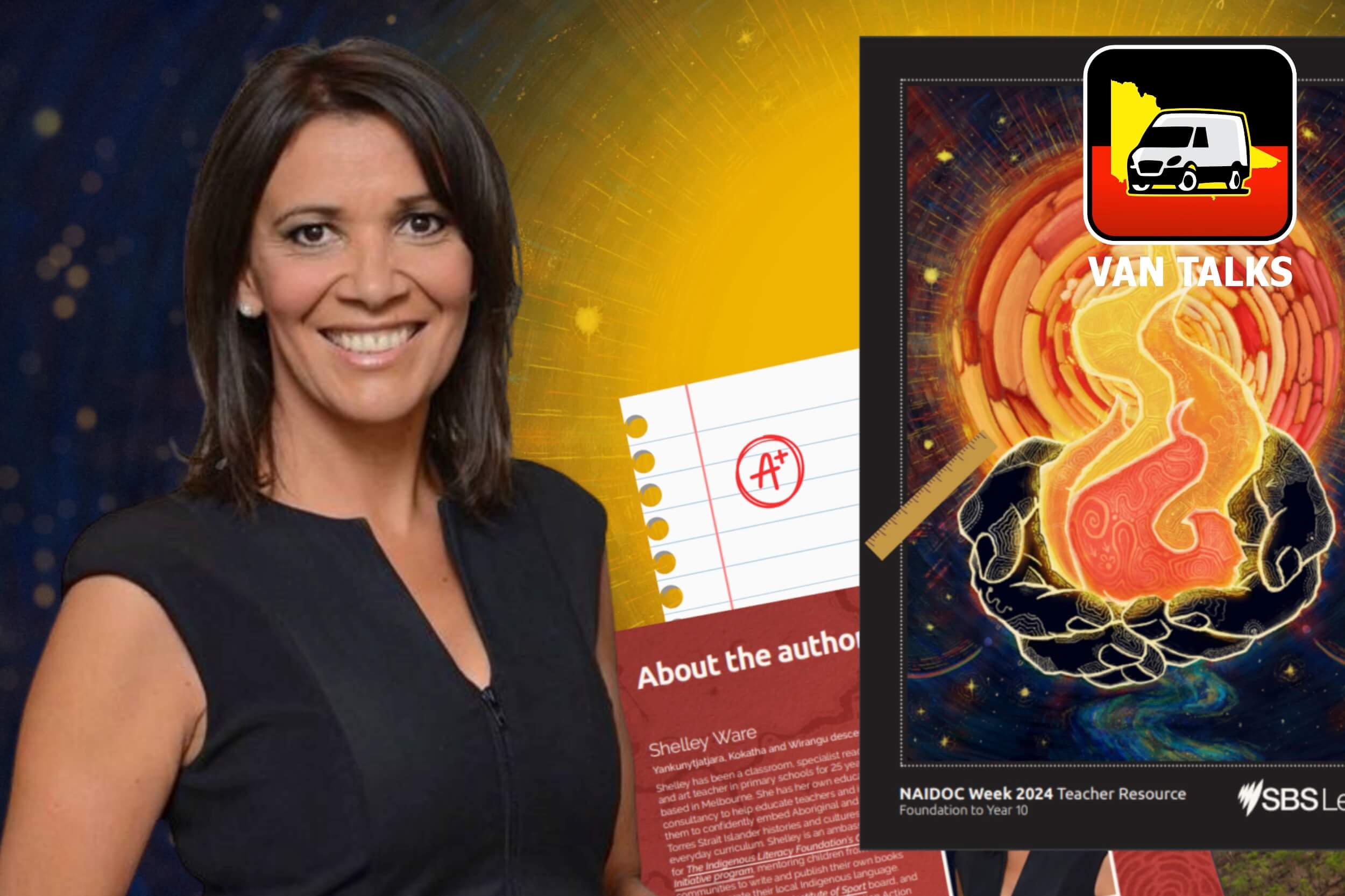
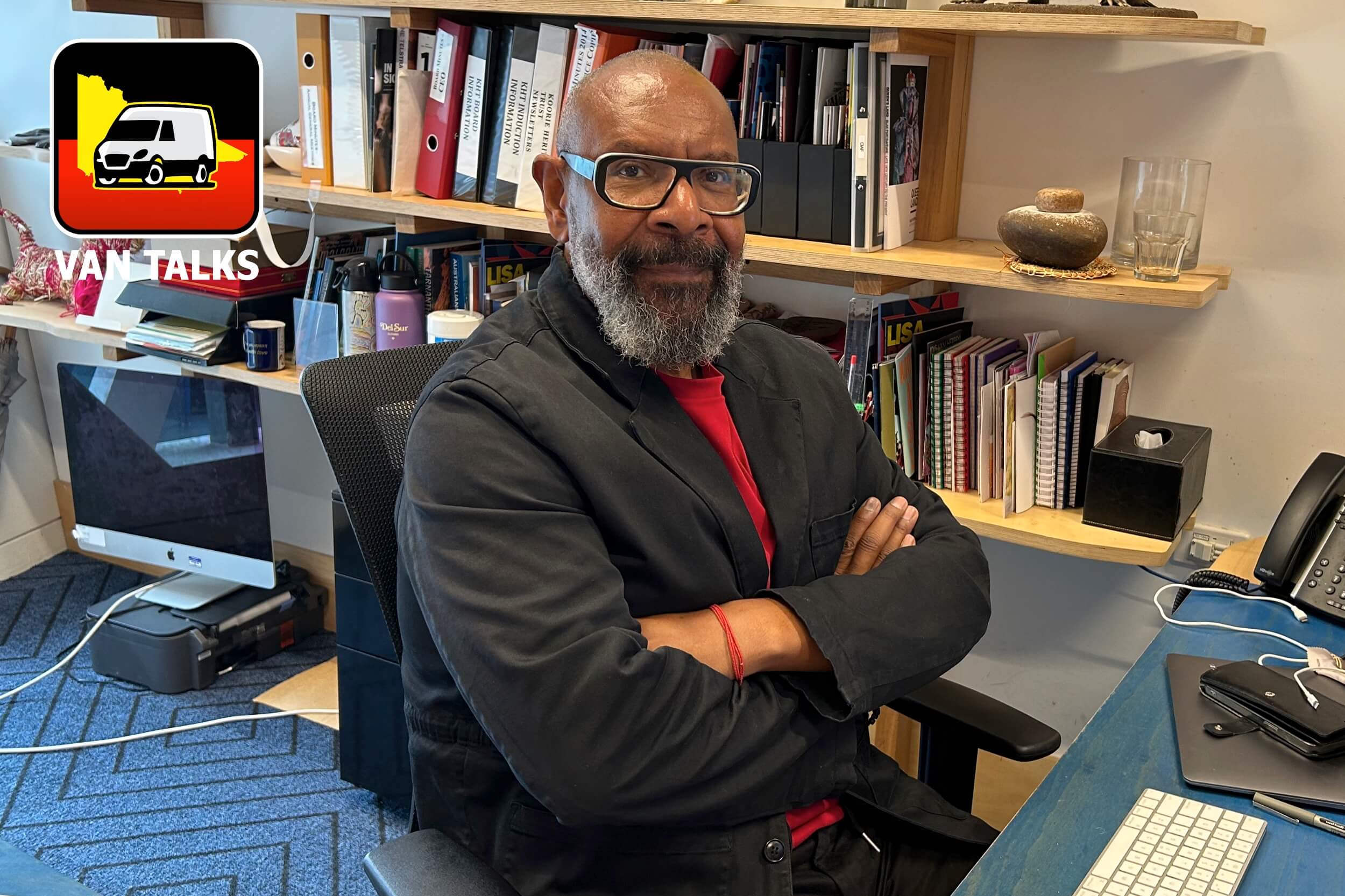
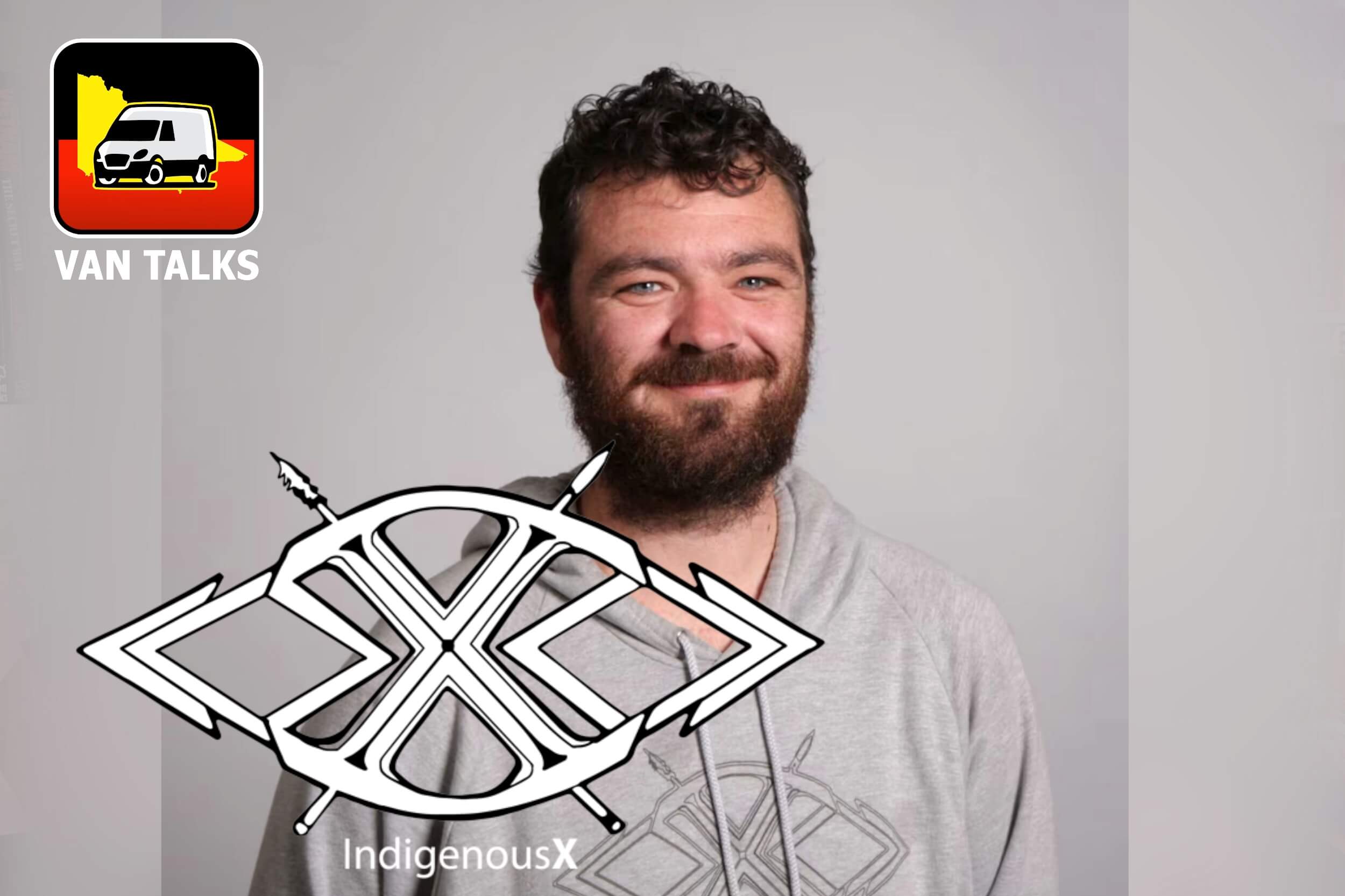
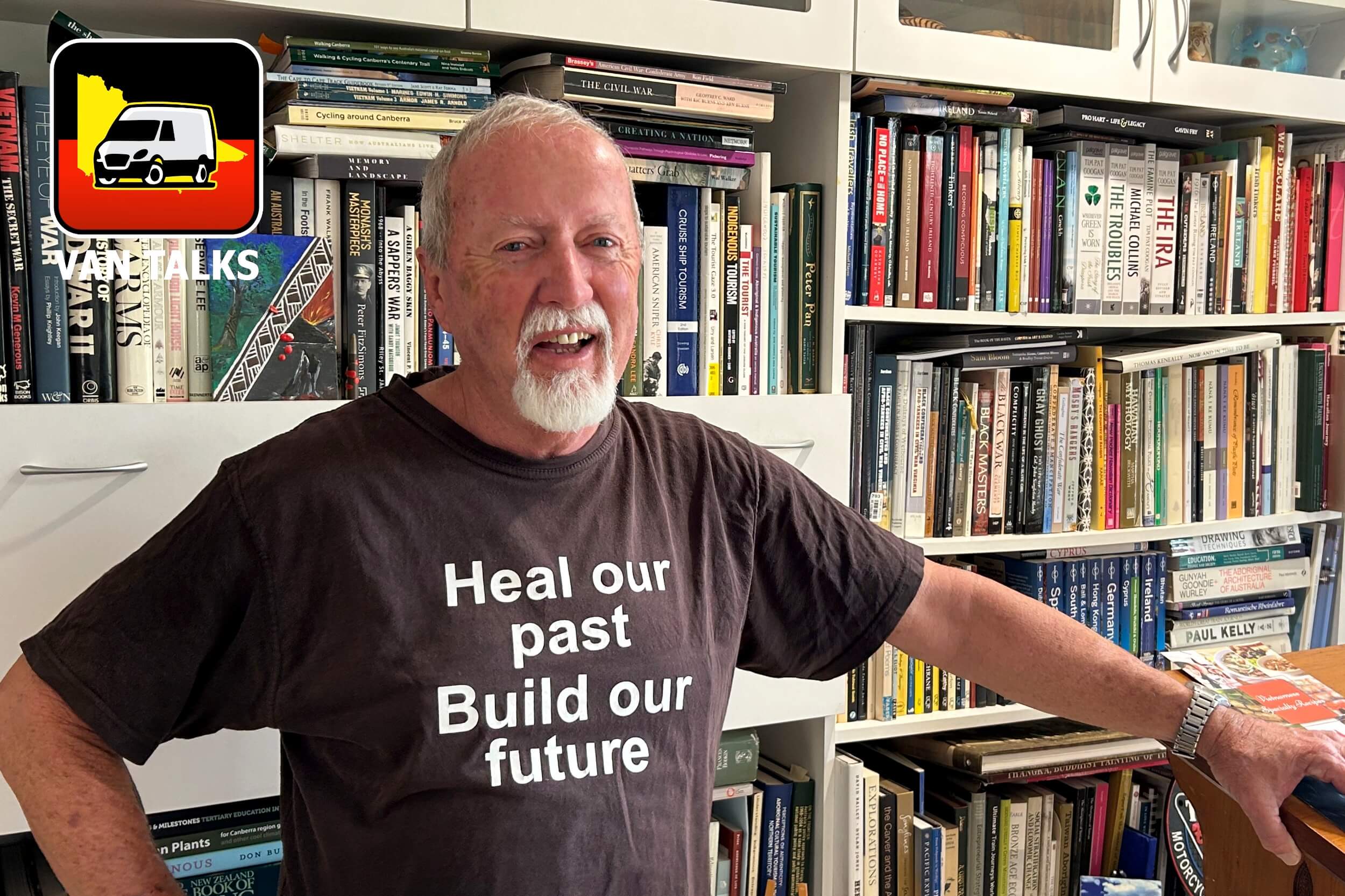
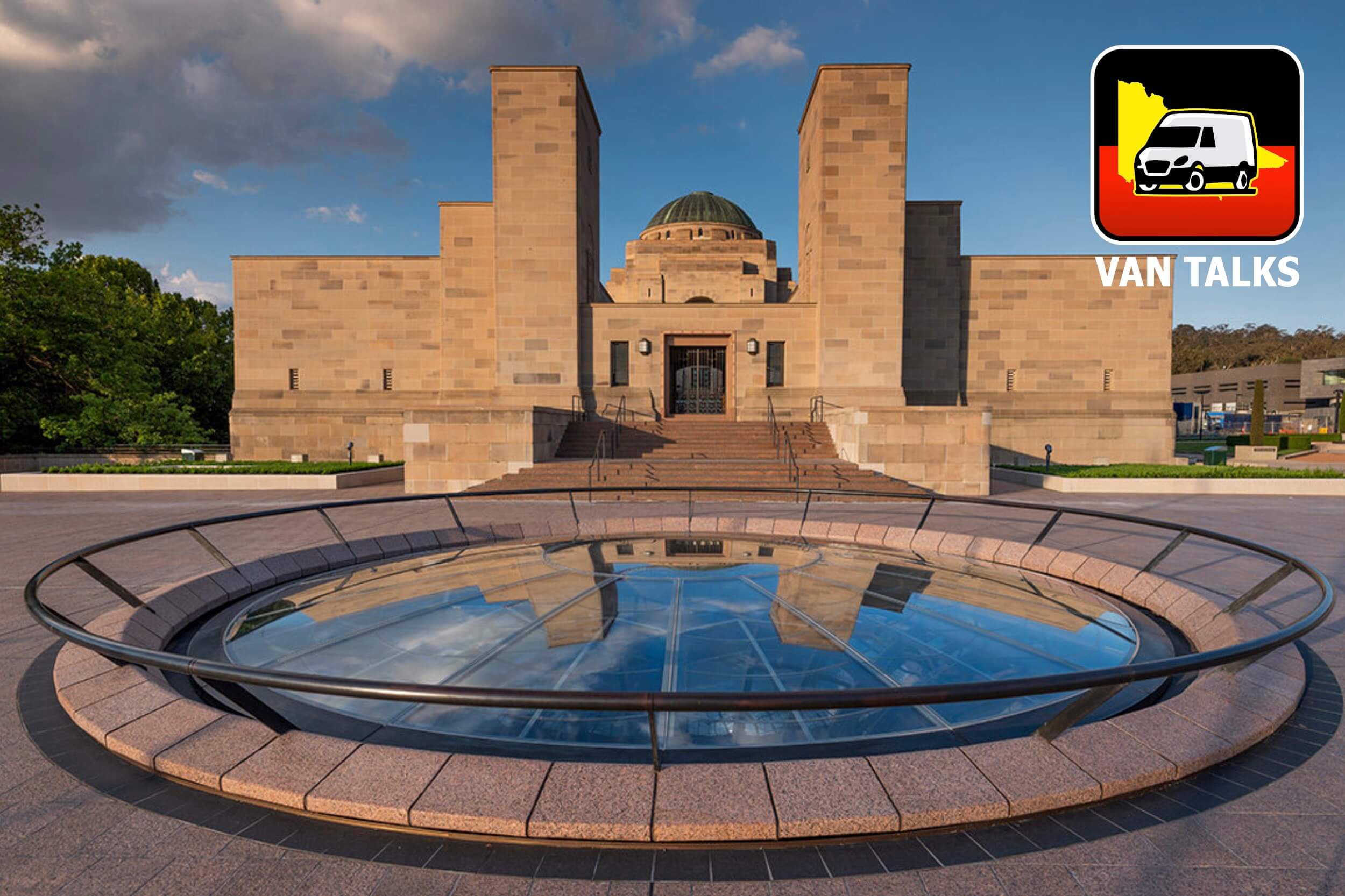

0 Comments